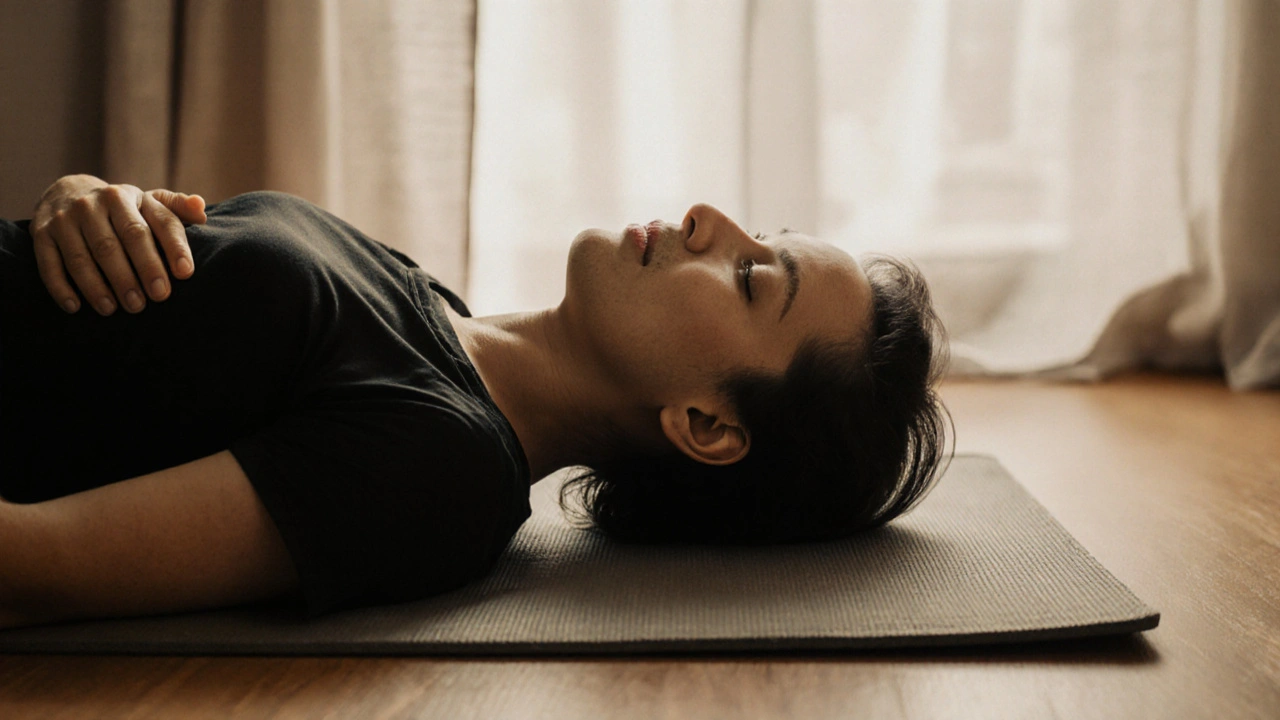Feldenkrais training: learn to move with less effort and less pain
You don't need to stretch harder to gain flexibility. Feldenkrais training teaches your nervous system to organize movement better so joints, balance, and pain improve with less force. That sounds odd until you try a few slow, simple lessons and notice immediate changes.
What Feldenkrais training actually is
Feldenkrais has two main tracks: Awareness Through Movement (ATM) — group lessons where you follow guided, slow movements — and Functional Integration (FI) — one-on-one sessions using gentle hands-on guidance. Training programs teach both, usually across 800–1,000 hours spread over 2–4 years. Graduates become certified practitioners who can lead ATM classes and give FI sessions.
Sessions focus on small, precise movements and attention. You’ll explore how you sit, stand, reach, or turn and find easier ways to do the same action. The work is gentle, often surprising: a tiny change in sequence or timing can reduce pain and make movement feel effortless.
Who benefits and what to expect
Feldenkrais helps people with chronic aches, poor posture, movement hesitation after injury, balance issues, and athletes or yoga students wanting more control. If you’re stiff from sitting all day or recovering from surgery, Feldenkrais can reduce tension without strain.
In an ATM class you’ll lie on a mat or sit in a chair. The teacher gives clear verbal cues and encourages curiosity about how your body responds. Typical ATM lessons last 30–60 minutes. FI sessions are shorter, focused, and hands-on; expect gentle touch that guides movement rather than forcing it.
Results build over time. Many people notice small wins after one lesson: easier neck turns, smoother hip movement, or steadier balance. Regular practice — even 10–20 minutes a day — speeds progress.
Is it safe? For most people yes. If you have acute injury, recent surgery, or severe neurological conditions, check with a healthcare provider first and choose a practitioner with experience in clinical settings.
How it fits with other therapies: Feldenkrais pairs well with yoga, physiotherapy, and Pilates. Where other methods push strength or flexibility, Feldenkrais trains coordination and efficiency. Yoga students often find they can hold poses with less effort and fewer compensations after Feldenkrais work.
How to start today: try one ATM class or follow a recorded 15-minute lesson that focuses on the pelvis, shoulders, or neck. Look for certified teachers via the International Feldenkrais Federation or local training centers. When choosing a training program, check hours devoted to FI and supervised practice — more hands-on time means better skill development.
Quick practice idea: lie on your back, knees bent, feet flat. Slowly tilt your pelvis forward and back five times, noticing where you move from — low back, hips, or chest. Try the same motion with half the effort. Small adjustments like that are the core of Feldenkrais training, and they add up fast.
Curious? Pick one ATM lesson and notice one clear change in how a daily task feels — that single clue will tell you if Feldenkrais training is worth exploring further.

Enhance Your Life with Feldenkrais Training: Move Better, Feel Lighter
Feldenkrais training helps you move better and feel less pain by retraining your brain through gentle, mindful movement-not strength or stretching. Learn how it works, who benefits, and how to start.

Feldenkrais Training: Unlocking Mindful Body Movement for Lasting Wellness
Discover how Feldenkrais training can transform your mind and body through mindful movement. Explore its science, practical tips, and real-life stories in this comprehensive guide.
Categories
- Health and Wellness (148)
- Alternative Therapies (86)
- Massage Therapy (40)
- Travel and Culture (15)
- Beauty and Skincare (9)
- Holistic Health (8)
- Health and Fitness (5)
- Spirituality (5)
- Other (2)
- Personal Development (2)
Popular Articles



